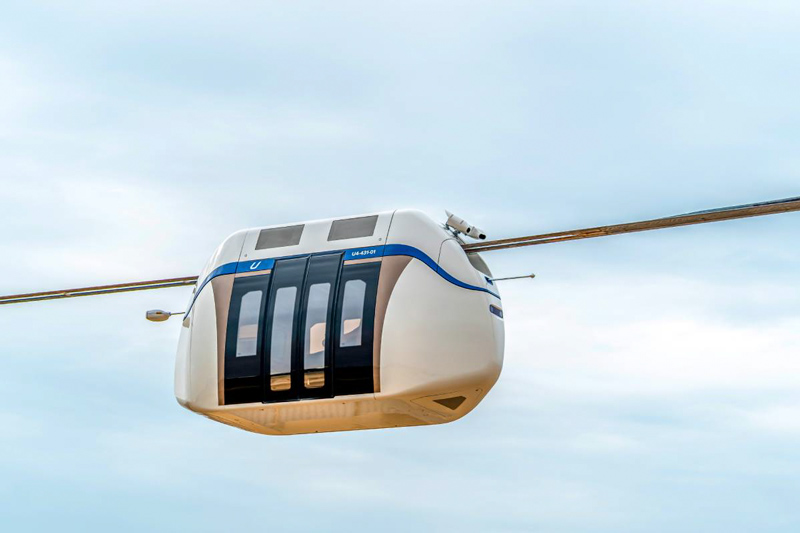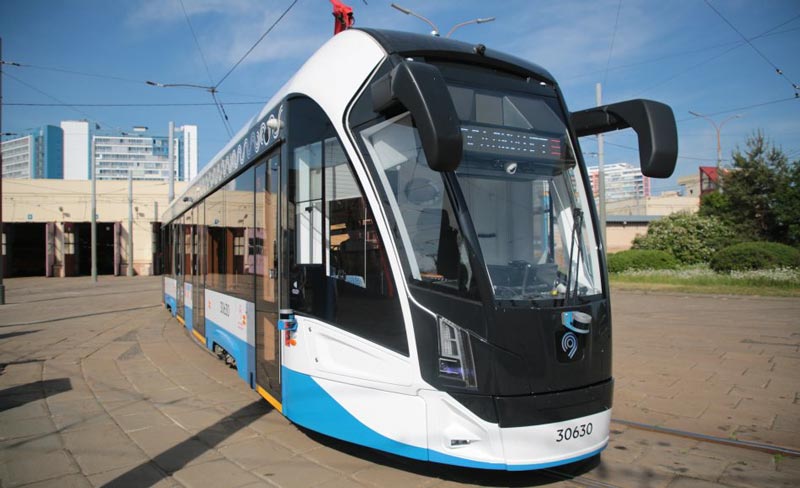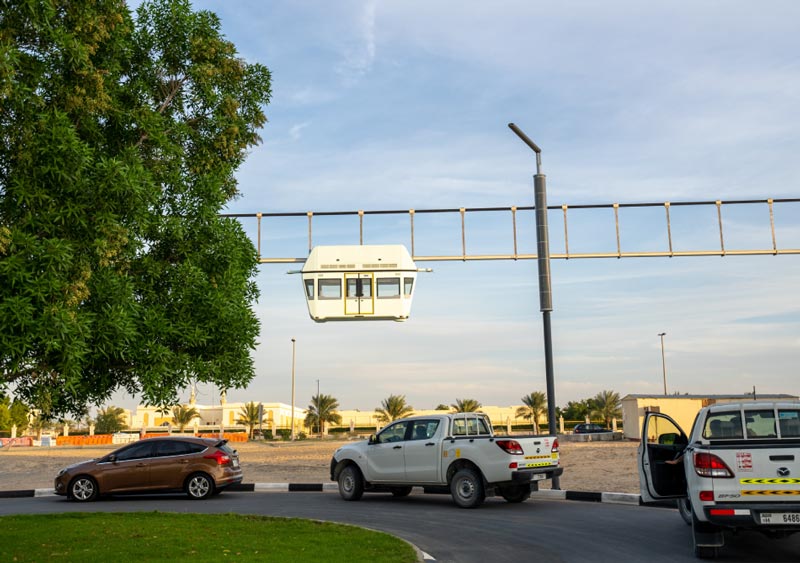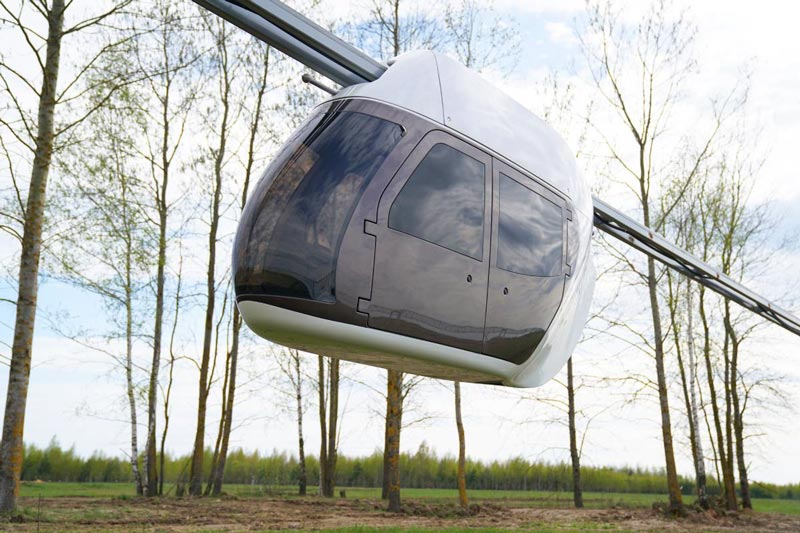


Technologies are increasingly being integrated into public transportation. In Moscow, for example, they continue to work on Russia's first unmanned tram. In 2024, it covered over 3,200 kilometers in test mode. Now, specialists are preparing to launch a second tram with a similar system. This example reflects a global trend: more and more countries are beginning to adopt autonomous solutions for public transport. Moscow is not an isolated case. Similar projects are being developed in Asian and European countries, as well as in the United States. Why, then, do unmanned technologies generate such significant interest in the transportation sector?
Let’s look at the key advantages of unmanned transport systems. First, these systems eliminate the human factor—one of the leading causes of accidents. Computers don’t get distracted, tired, or overwhelmed, and they can instantly process massive amounts of data from sensors, LiDARs, and cameras. Second, autonomous systems optimize schedules, reducing intervals between vehicles, which makes public transport more convenient. Third, unmanned vehicles require fewer personnel. This lowers operating costs, making autonomous solutions more cost-effective for cities in the long run. Fourth, control algorithms prioritize fuel and energy efficiency by optimizing routes and speed, thereby reducing the carbon footprint of transportation.

Moscow unmanned tram. Photo: szaopressa.ru
However, all these benefits will only materialize if the surrounding infrastructure evolves and the concept of transportation is reimagined. Today, traditional unmanned systems are being integrated into solutions designed in the last century. Upon closer examination, it becomes clear that the listed advantages are often diminished by external factors.
These challenges demonstrate that unmanned systems in traditional transportation require significant efforts for their full implementation.

uST transport does not depend on ground infrastructure
The demand for autonomous technologies aligns with what Unitsky String Technologies Inc. offers. Autonomous control has been integrated into the concept of transport and infrastructure complexes from the very beginning, and thanks to above-ground movement, all the major drawbacks of traditional unmanned systems are eliminated.

uPods move strictly along a designated path
Modern cities need transportation that solves existing problems, rather than creating new ones. uST technology provides a system that was originally designed to be fully autonomous, efficient, safe, and environmentally friendly.
While traditional unmanned transport faces limitations of ground infrastructure, UST Inc. offers a solution that fully meets the growing demand for autonomous transportation. Above-ground movement, independence from traffic jams, cost-effectiveness, and safety make uPods the ideal choice for new transportation arteries in cities.
This form asks for your consent to allow us to use your personal data for the reasons stated below. You should only sign it if you want to give us your consent.
Who are we?
The name of the organisation asking you for consent to use your information is:
Global Transport Investments
Trident Chambers, P.O. Box 146, Road Town
Tortola
British Virgin Islands
We would like to use the following information about you:
Why would we like to use your information?
Global Transport Investments would like to send this information to company registry, inform you about its news, for refund purposes.
What will we do with your information?
We store your name, address, ID Data, date of birth into company registry. We will share your e-mail & phone number with IT Service (https://digitalcontact.com/), SMS Center (http://smsc.ru). They will add your details to their mailing list and, when it is news update, they will send you an email or sms with details. We store your credit card number for possible refunds.
How to withdraw your consent
You can withdraw the consent you are giving on this form at any time. You can do this by writing to us at the above address, emailing us at the address: [email protected] or by clicking on the unsubscribe link at the bottom of emails you receive.
This privacy notice tells you about the information we collect from you when you sign up to receive our regular newsletter via our website. In collecting this information, we are acting as a data controller and, by law, we are required to provide you with information about us, about why and how we use your data, and about the rights you have over your data.
Who are we?
We are Global Transport Investments. Our address is Trident Chambers, P.O. Box 146, Road Town, Tortola, British Virgin Islands. You can contact us by post at the above address, by email at [email protected].
We are not required to have a data protection officer, so any enquiries about our use of your personal data should be addressed to the contact details above.
What personal data do we collect?
When you subscribe to our newsletter, we ask you for your name and your email address.
Why do we collect this information?
We will use your information to send you our newsletter, which contains information about our products.
We ask for your consent to do this, and we will only send you our newsletter for as long as you continue to consent.
What will we do with your information?
Your information is stored in our database and is shared with with IT Service (https://digitalcontact.com/), SMS Center (http://smsc.ru). It is not sent outside of the Euro. We will not use the information to make any automated decisions that might affect you.
How long do we keep your information for?
Your information is kept for as long as you continue to consent to receive our newsletter.
Your rights over your information
By law, you can ask us what information we hold about you, and you can ask us to correct it if it is inaccurate.
You can also ask for it to be erased and you can ask for us to give you a copy of the information.
You can also ask us to stop using your information – the simplest way to do this is to withdraw your consent, which you can do at any time, either by clicking the unsubscribe link at the end of any newsletter, or by emailing, writing us using the contact details above.
Your right to complain
If you have a complaint about our use of your information, you can contact the Information Commissioner’s Office.
Rate and Comment
You can assess the importance of a particular publication and the level of its preparation. Share your opinion in the comments!